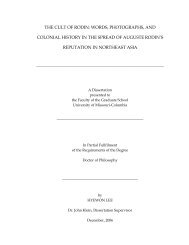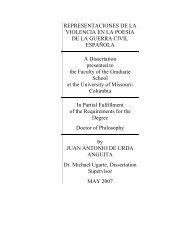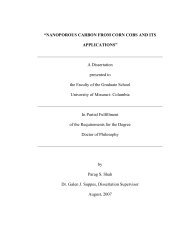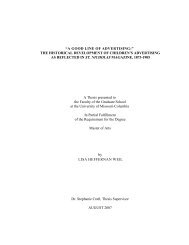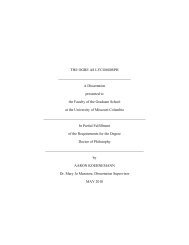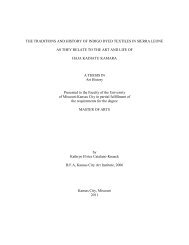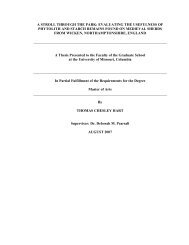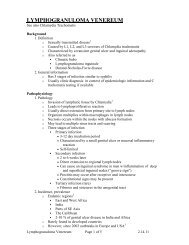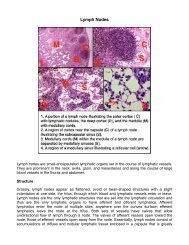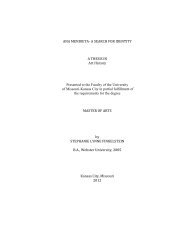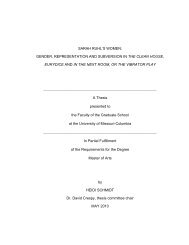Social Construction of Reality - Bad Request
Social Construction of Reality - Bad Request
Social Construction of Reality - Bad Request
You also want an ePaper? Increase the reach of your titles
YUMPU automatically turns print PDFs into web optimized ePapers that Google loves.
Evaluation was needed so the district could obtain a site-specific model for program<br />
evaluation. During the course <strong>of</strong> the interview, she emphasized why she believed it was<br />
critical for the stakeholders to agree upon a model <strong>of</strong> program evaluation for The School<br />
District. She said, “what I’m finding is, we don’t have very <strong>of</strong>ten, intense focus or<br />
purposes and we definitely in this organization don’t have agreed upon processes.<br />
Definitely don’t. And if I were to define what I think one <strong>of</strong> the greatest weaknesses <strong>of</strong><br />
this organization right now is we don’t have agreed upon processes, which means we are<br />
still in reactive mode. Until we get out <strong>of</strong> reactive mode, we’re going to make haphazard<br />
decisions that are not going to be hitting the target” (Long interview, March 18, p. 14).<br />
Two types <strong>of</strong> coding, open and axial, were used. Open coding <strong>of</strong> the long<br />
interview revealed several priorities. Words that appear <strong>of</strong>ten included mechanism,<br />
components, comparative data, stakeholders, ownership, knowledge creation, conflict<br />
resolution, systemic, logic modeling, purpose, process, right reasons, data, efficient, and<br />
effective. The impassioned delivery <strong>of</strong> these words within context illustrated the weight<br />
the superintendent put on the concepts. Axial coding <strong>of</strong> the long interview was organized<br />
according to several strands: outcomes for this particular program evaluation, outcomes<br />
for a fully operational program evaluation operation, and a vision for the role program<br />
evaluation could play in transforming organizational culture.<br />
She verbalized her anticipation regarding outcomes from this particular program<br />
evaluation. She hoped that the UFE would bring about the creation <strong>of</strong> a mechanism to<br />
make informed programming decisions. She also believed this mechanism would be in<br />
the form <strong>of</strong> a consistent model, probably containing three sections: part one to contain<br />
“commonalities <strong>of</strong> expectations <strong>of</strong> any program” (Long interview, March 18, p. 3). She<br />
61



